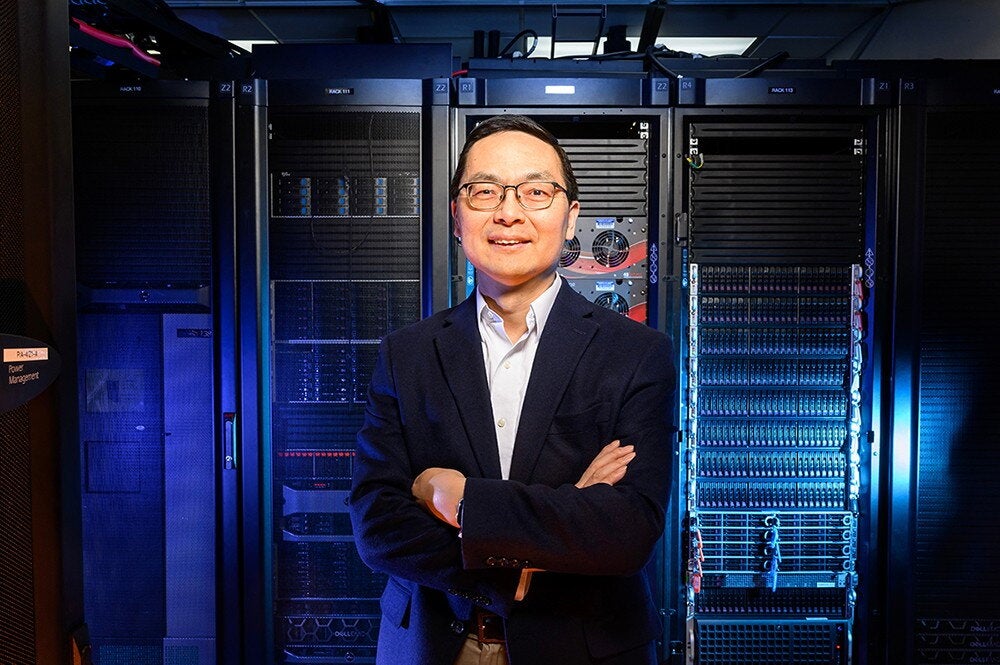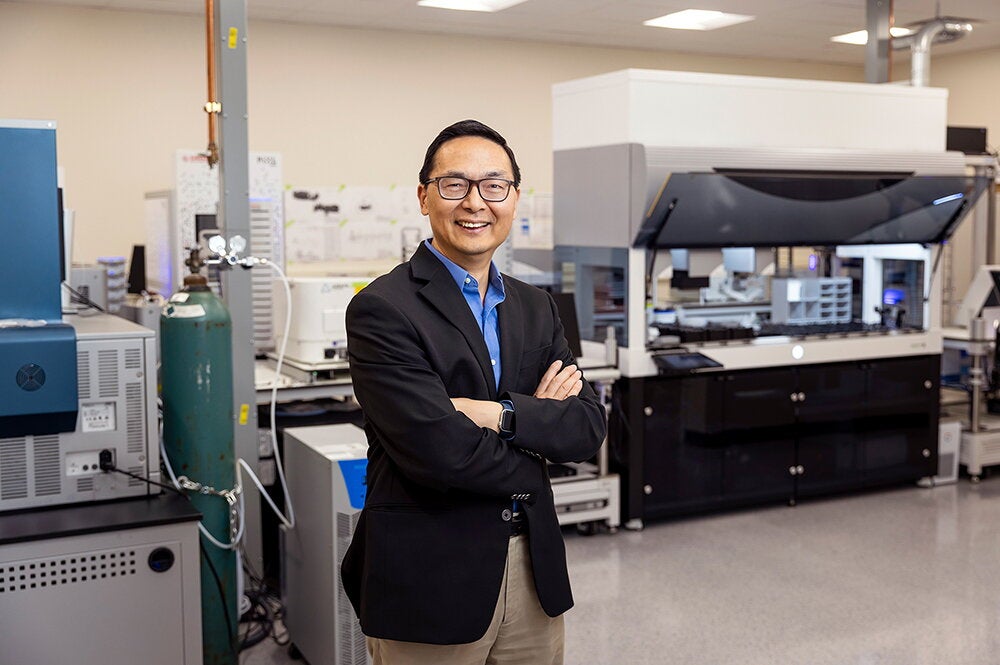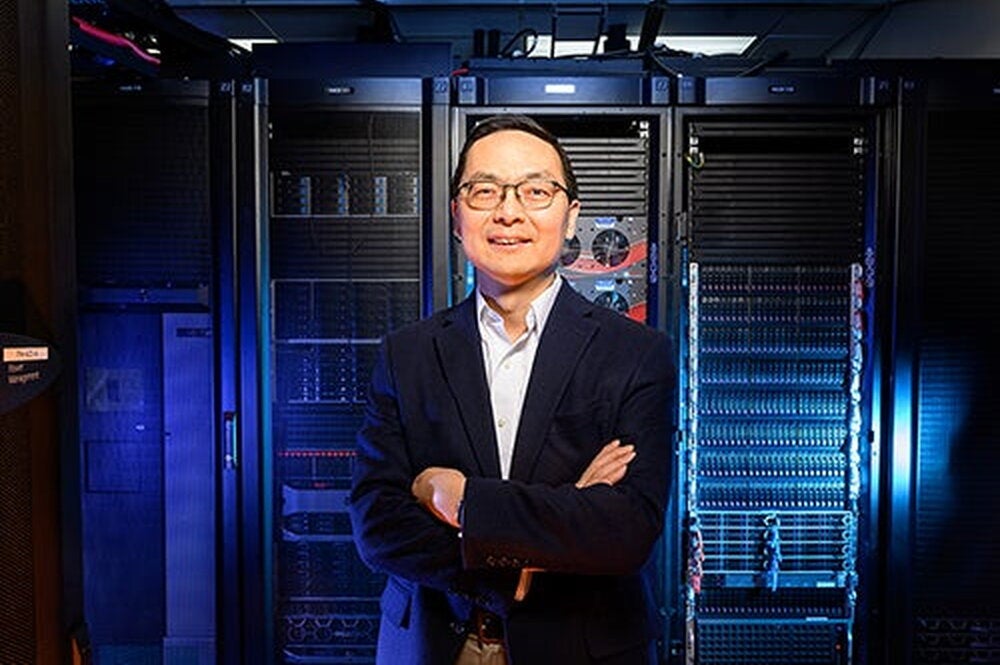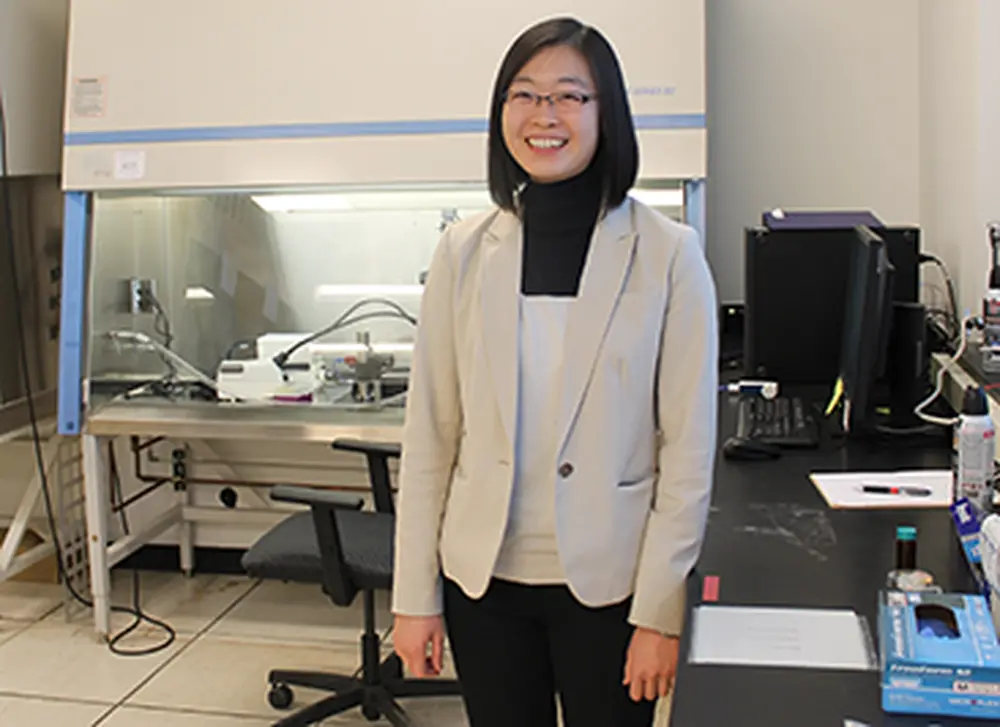
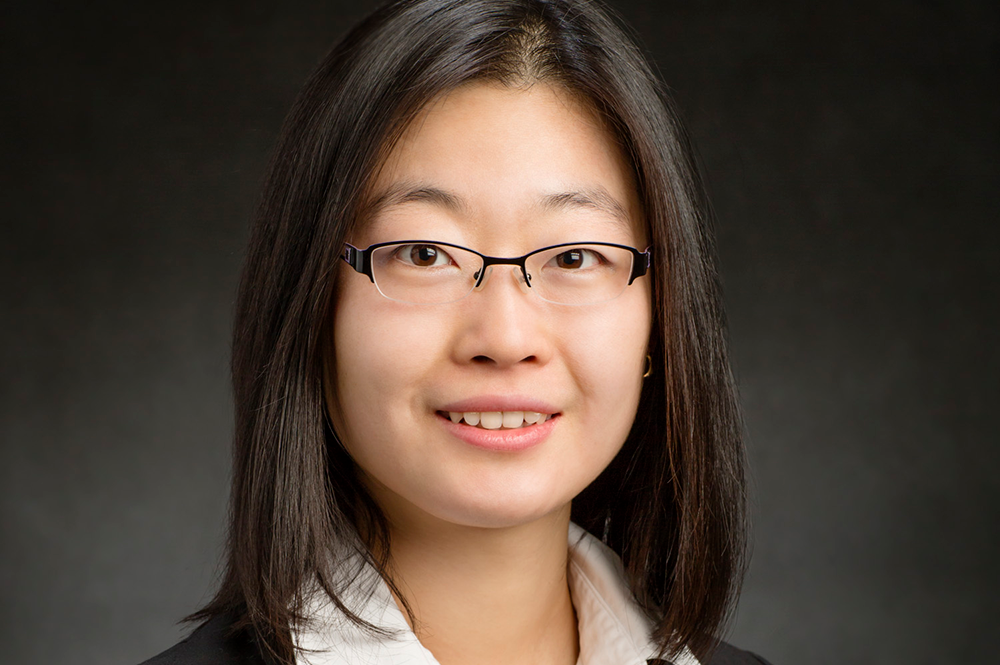
arrived at the Department of Chemical and Biomolecular Engineering as a faculty member in 2015, and already the professor and Dow Chemical Company Faculty Scholar has generated widespread interest in her research of nanotechnology and materials. She’s been named an Innovator under 35 by MIT Technology Review, with her breakthroughs including organic plastic that can detect disease markers in a person’s breath. As Diao puts it, she relies upon the “wisdom of living systems” to innovate new ways to create materials for electronics, renewable energy, and healthcare.
What do you research?
We study the fascinating molecular assembly processes, such as nucleation, crystal growth, and aggregation, which critically impact the solid-state properties of materials (e.g. thermodynamic, kinetic, electronic, optical, and mechanical). We are particularly interested in the highly non-equilibrium molecular assembly processes during solution printing of organic functional materials.
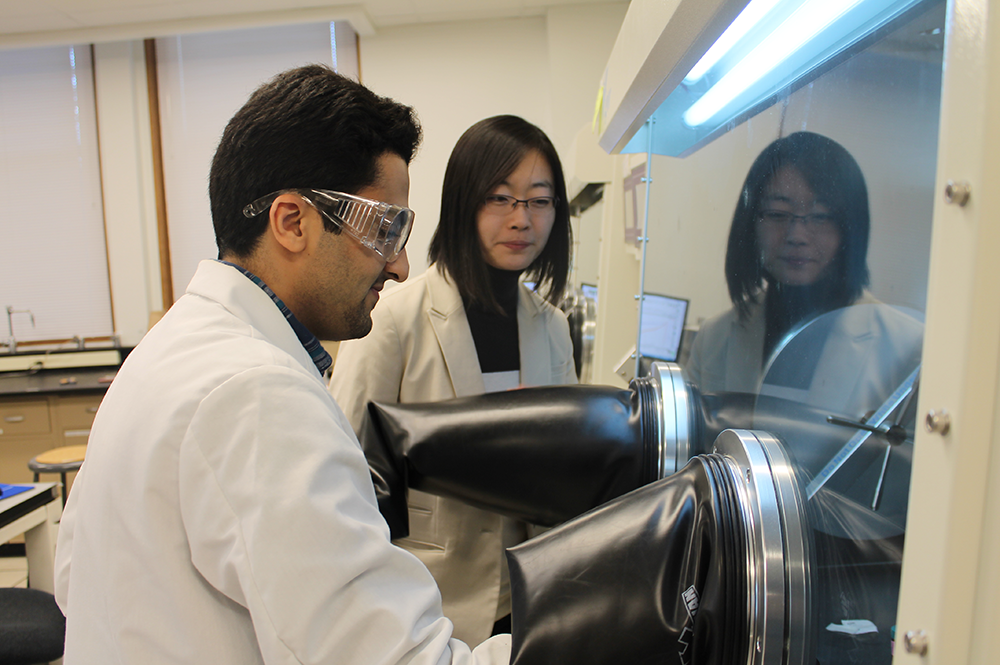
It is our goal to control the solid-state properties by understanding the fundamental molecular assembly processes, and ultimately, to achieve eco-friendly manufacturing for a future of better medicine, cleaner environment, and greener energy.
What are you currently working on?
We are currently developing printed electronics technologies and methodologies to direct the assembly of semiconducting molecules from molecular to device scale. We learn from living systems and design bio-inspired assembly processes, allowing molecules to put themselves together cooperatively into highly ordered structures otherwise not possible with drastically improved electronic properties. We innovate printing processes that can control the assembled structures down to the molecular scale, while at the same time exhibit enhanced and even dynamic and switchable electronic and optical properties. We fabricate wearable, disposable electronic devices capable of detecting disease biomarkers at ultralow concentration to advance
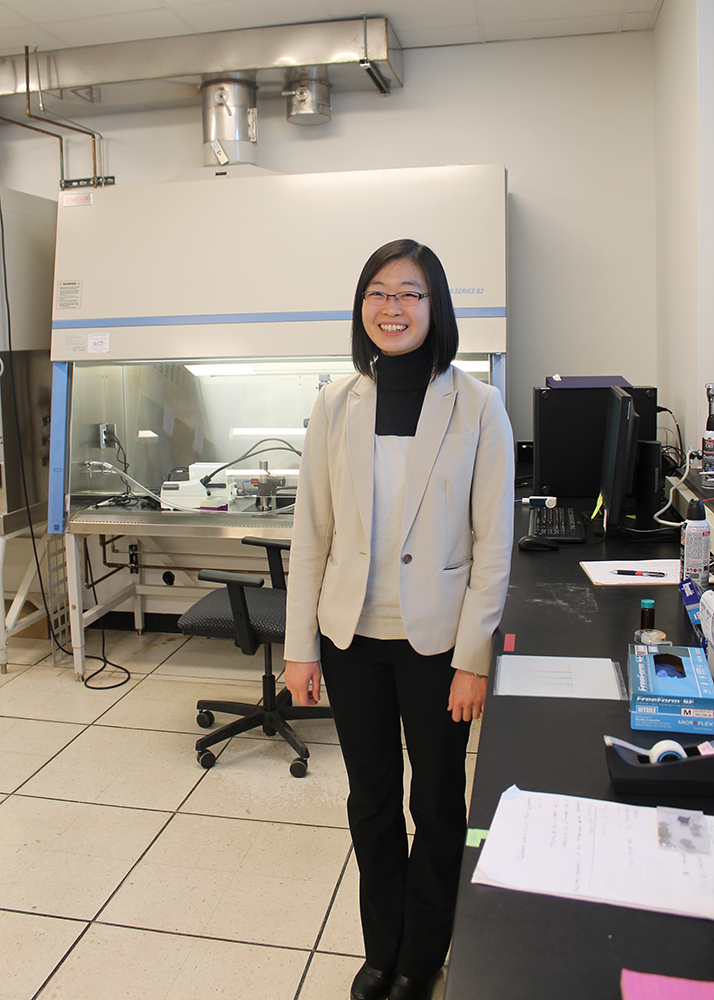
personalized health monitoring and to pave ways for early diagnosis. We print organic transistor arrays – the technology central to enable flexible, rollable displays.
What is significant about this work?
In recent years, printed electronics based on semiconducting molecular systems have emerged as a new technology platform that promise to revolutionize the electronics and clean energy industry. In contrast to traditional electronic manufacturing which requires high temperature and high vacuum, these new electronic materials can be solution printed at near ambient conditions to produce flexible, light-weight, bio-integrated forms at low-cost and high-throughput. However, it remains a central challenge to control the morphology of semiconducting molecular systems across length scales. The significance of this challenge lies in the order of magnitude modulations in device performance by morphology parameters across all length scales.
This challenge arises from the fact that directed assembly approaches designed for conventional hard materials are far less effective for soft matters that exhibit high conformational complexity and weak, non-specific intermolecular interactions. On the other hand, biological systems have evolved to assemble complex molecular structures highly efficiently. We are eager to transfer the wisdom of living systems to developing printed electronics technologies to enable next generation electronics for clean energy and healthcare.
Editor's note: This LAS Experts profile is part of a series to highlight the groundbreaking work by faculty in the College of LAS. Visit here for other profiles.
